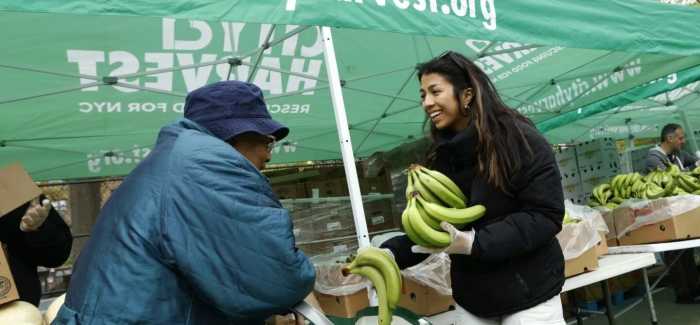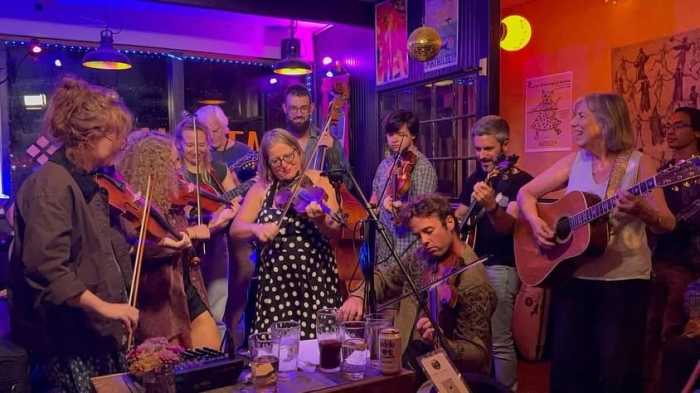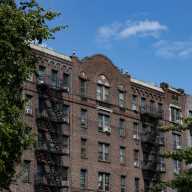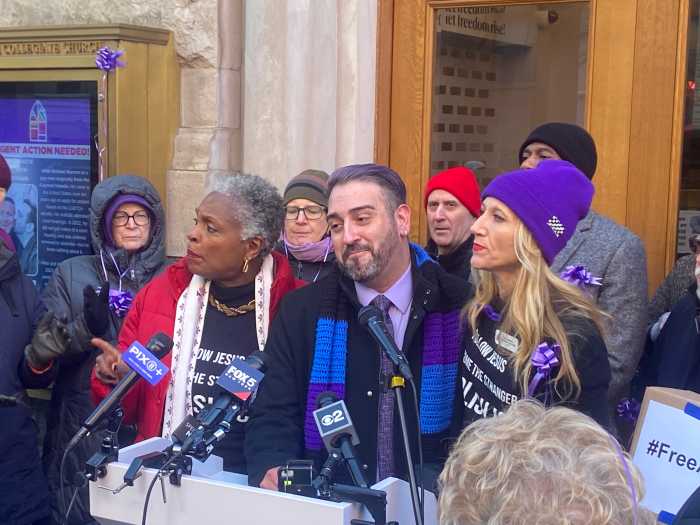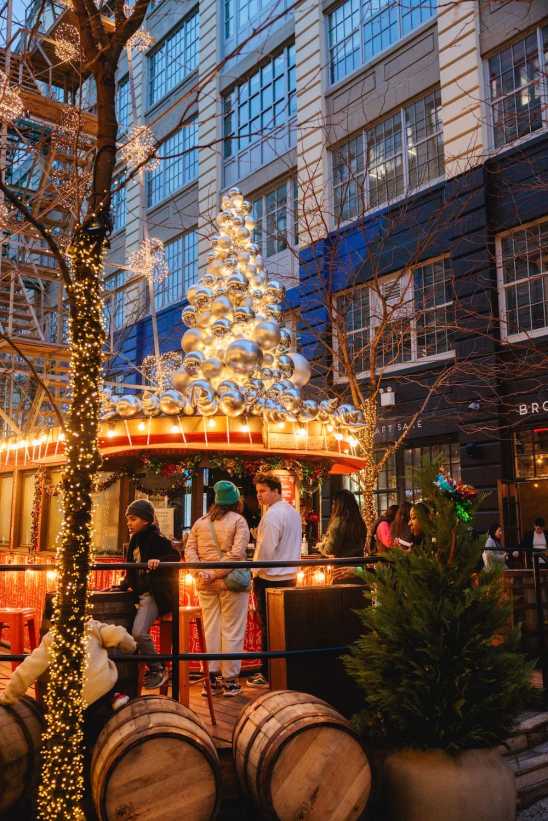The Gowanus Canal is a national disgrace, a toxin- and sewage-filled corpse of water that has been left to molder during decades of neglect by city, state and federal authorities.
Other cities — notably San Antonio —have cleaned up their once-polluted waterways and turned them into residential communities and tourist attractions, but our Gowanus Canal still cuts through the prosperous neighborhoods of Park Slope, Carroll Gardens and Cobble Hill like a Third World gutter, a smelly culvert that divides Brooklyn physically and psychically.
For decades, there has been talk of cleaning up the waterway, but talk — and government — has been cheap. City officials did manage to reopen a valve that flushes relatively clean water from New York Harbor through the canal, but that has only made the Gowanus more habitable to fish.
In the meantime, government hasn’t bothered with the heavy lifting — fixing an antiquated sewer system so that raw sewage no longer cascades into the canal during heavy rainfall. And now, the federal government says it would be satisfied if the canal could make it up to the level of being a spawning ground for fish.
That ruling was fine for lower aquatic life, but it basically sold us all down the river.
But there is an alternative to government buck-passing: Develop the canal zone as a residential community.
Right now, the city is moving to rezone properties along the canal from manufacturing to residential use. And even before that process begins, a major developer, Toll Brothers, has announced its plan for a 577-unit development on the west bank of the canal between Carroll and Second streets.
Another waterfront site further south, long known as “the Public Place,” is also being redeveloped into a residential community with open space and a canal-front esplanade.
Predictably, naysayers in the community are fighting the rezoning out of distrust of developers.
But the only way to create a community that’s actually invested in the health of the canal is to create a community that lives along the canal. Otherwise, there’s no pressure on elected officials to do anything, no constituency to which the pols have to answer.
A meeting this week showcased how much hostility there is to development. When one Toll Brothers representative asked if opponents would prefer retaining the filthy canal in exchange for no development, some people — shockingly — said yes.










